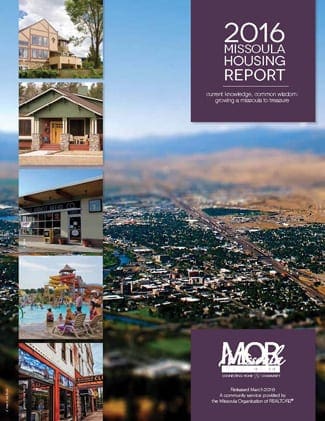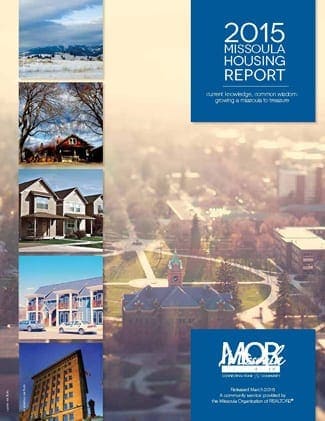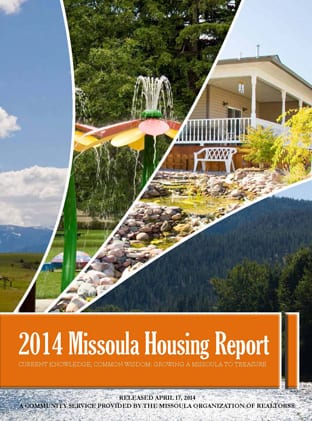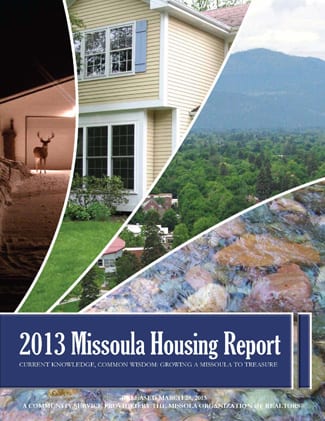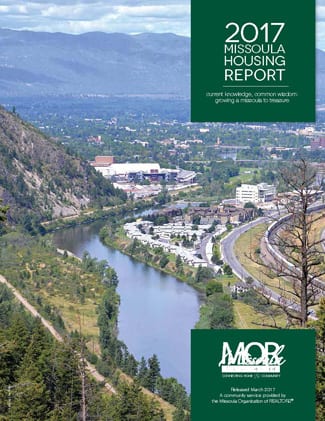 The median sales price of a Missoula home reached a record high of $255,000 in 2016. With low interest rates, a higher demand for housing, and low unemployment rates, the outlook for Missoula is strong in many respects. However, at the same time, for residents of Missoula, housing is becoming less affordable, the real estate market has an incredibly tight supply, and renters are also faced with a low vacancy rate and rents that are often not proportionate to their income.
The median sales price of a Missoula home reached a record high of $255,000 in 2016. With low interest rates, a higher demand for housing, and low unemployment rates, the outlook for Missoula is strong in many respects. However, at the same time, for residents of Missoula, housing is becoming less affordable, the real estate market has an incredibly tight supply, and renters are also faced with a low vacancy rate and rents that are often not proportionate to their income.
The stresses on the Missoula housing situation include a growing population, which reached 114,181 this year, a 9.4 increase since 2006. In addition, incomes in Missoula have not increased at the same rate as rent or home prices, causing housing affordability to decline.
The central issue in this year’s report reveals a tight supply of housing, both for sale and for rent, which has created challenges. In response to a tight supply of real estate and higher prices, 2016 saw significant increases in home buyers either opting to build (the median price of a lot did not increase) or purchase more affordable condominiums or townhomes (which had median prices of $207,900 and $235,000, respectively). In addition, despite the work of organizations that offer services for low income renters, the demand for their services still far outweighs the number of vouchers or affordable housing units they can provide.
With the addition of the new City Office of Housing and Community Development in 2016, we hope to see a positive impact on housing and many of the issues this report presents. In addition, the Missoula Organization of REALTORS® has partnered with the City of Missoula, Missoula County, Missoula Economic Partnership, Missoula Area Chamber of Commerce, Missoula Building Industry Association, and a number of private sector organizations on a study to identify barriers and solutions to developing greater amounts of attainably priced housing. We believe this study, which should be released in the summer of 2017, will help the community address the affordability of housing.
As Missoula grows and attempts to adapt to its growth, we face both opportunities and challenges. While affordability and supply emerged as key issues in this year’s report, it is clear that this community is dedicated to finding solutions to address homelessness, affordability, and quality of life.
